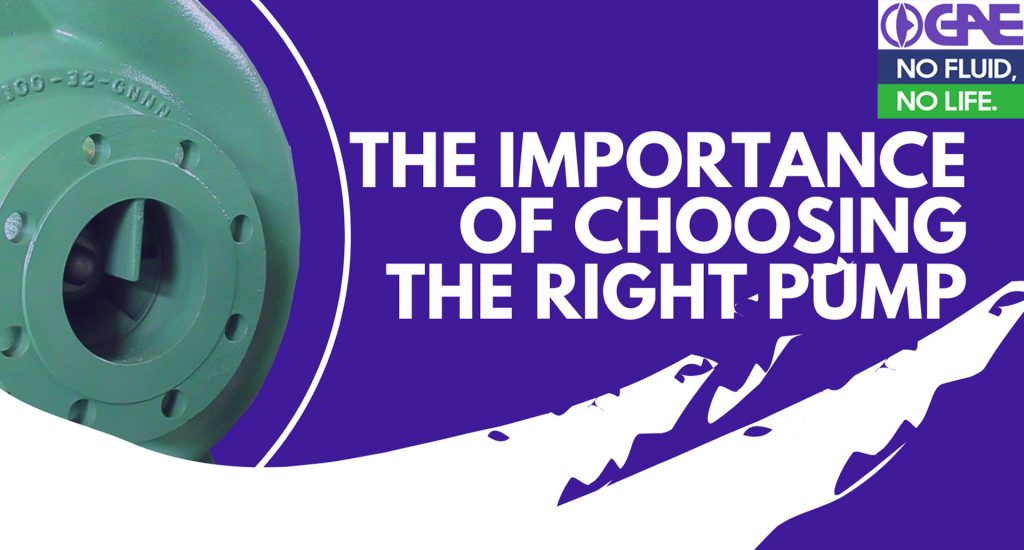90% of pump failures occur due to a mistake in choosing the right pump. A lot of money, time and effort are wasted as a result of using a pump that is not at its optimal capacity. Let’s take a look at why choosing the right pump is important?
The pump function is basically moves fluids by mechanical action, typically converted from electrical energy into hydraulic energy, but that does not mean that all pumps can be used in every application. So if we choose a pump only from its function it is certainly not correct. Especially if the function is based on wanting to get cheaper costs.
We understand that every business has a tight budget for any unnecessary expenses. But in the long run, choosing the right pump will actually provide a number of benefits, including:
- Security
With the right pump, we guarantee there won’t be any leaks.
- Maintenance
If we choose an unsuitable pump, valves, impellers and other components of the pump will fail because they are used for applications that were not designed for that. This of course will incur significant costs for repairs through replacement and maintenance of spare parts. Choosing the right pump will also limit the amount of maintenance required and hence reduce costs in the long run.
- Efficiency
By choosing the right pump, we will have a big advantage in terms of efficiency. It will pump a larger volume of fluid and faster. This will certainly complete the work on time, which will further reduce costs. In addition, efficiency also results in reduced energy use. With the right pump, we will reduce operating costs.
And what are the failures that result from the wrong choice of an improper pump:
- The pump is made of a material designed to handle fluids and is used to transport abrasive or corrosive substances. This means the pump is in a hard conditionthat is over production limits. The result? Failures and leaks.
- .NPSH was not properly selected before installation. NPSH is used to measure the possibility of cavitation caused by flashing (evaporation). Again, this occurs when the pump asked to handle a higher suction lift that was not designed for it.
- Incorrect evaluation of the best efficiency point (BEP). The best efficiency point will provide the ideal parameters for getting the best out of the pump.If this is exceeded, problems such as cavitation will occur.
- Significant environmental changes. This occurs when the source / material being pumped is not what it was intended for. If the pump is not designed for that particular use, failure will occur.
- Installation of low-quality pumps also causes premature failure and other problems.
- Likewise, due to budget constraints, we sometimes prefer the cheapest option. But if the cheapest option is not designed for a specific use of the pump, then failure will occur.
- In other cases some users may be familiar with a particular type of pump and therefore use the same model throughout the work unit. However, if the pump was asked to handle different materials at different pressures and flow rates, it would not work.
Get the Right Pump with Torishima.
If you are unsure about choosing the right pump for your needs, PT Torishima Guna Indonesia is ready to help. Our highly trained Sales and Technicians are ready to answer any questions you have and help you identify the best option for your budget.

